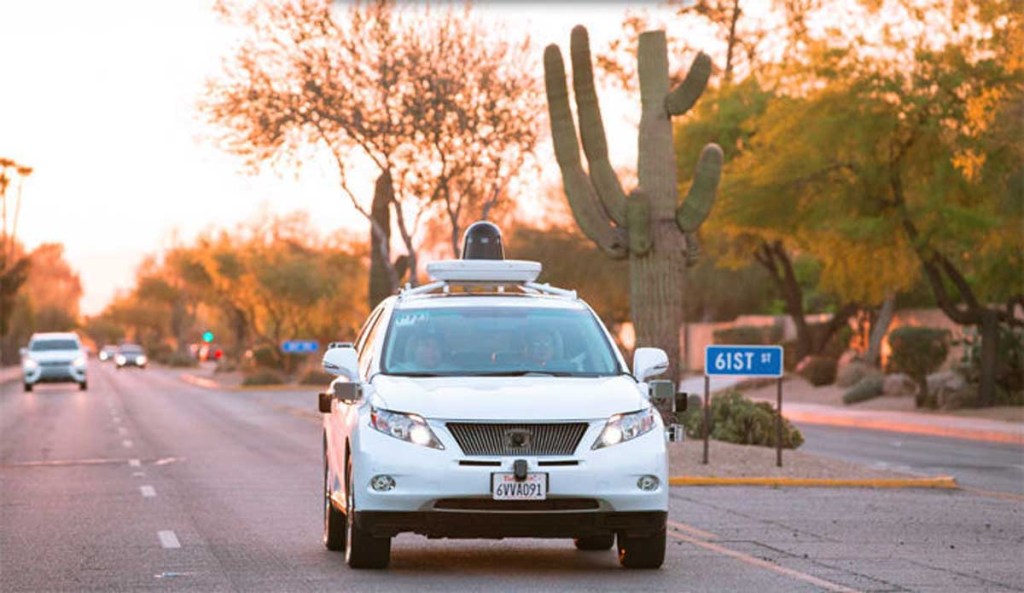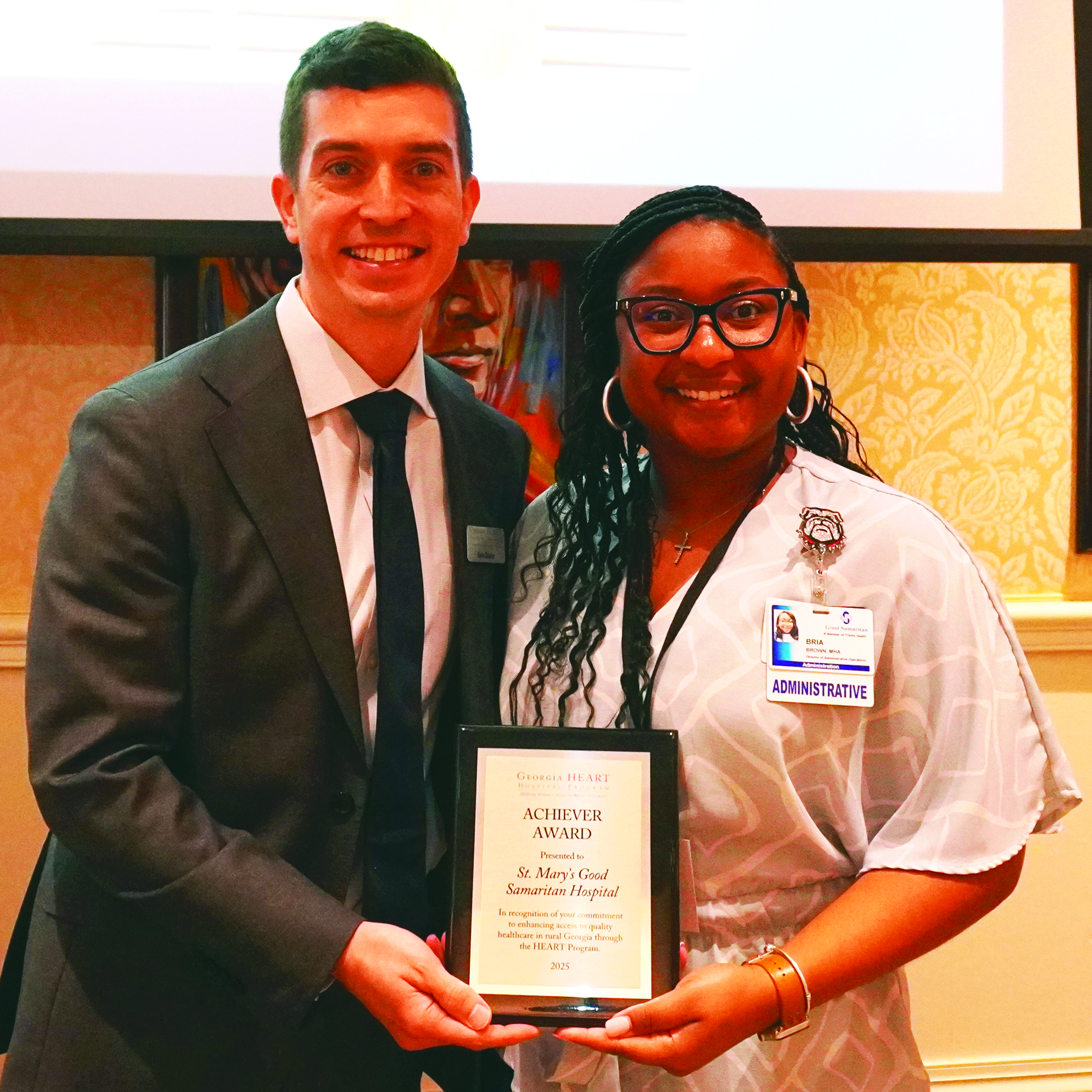Self-driving cars: On the road to you
Published 1:03 pm Sunday, May 15, 2016

- Hands-free: Google is road-testing a modified Lexus SUV self-driving prototype in four cities: Mountain View, California; Austin, Texas; Kirkland, Washington and Phoenix, Arizona
When Google announced in 2010 that the company had deployed a fleet of self-driving cars and had been quietly test-driving them around San Francisco for months, it blew America’s collective mind.
Since then, development of the technology needed to put autonomous vehicles on the road has continued to hurtle ahead.
In early May, GM and ride-sharing startup Lyft announced plans to test a fleet of self-driving taxis and Fiat Chrysler partnered with Google to create 100 Pacifica minivans modified with self-driving technology.
Many people still view self-driving cars as magic out of a sci-fi movie. Seventy-five percent of 2,076 drivers surveyed by researcher Kelley Blue Book said they don’t think they’ll ever own a self-driving car. Just 23 percent of baby boomers said they trusted self-driving technology in a J.D. Power and Associates online survey earlier this year.
However the advantages of a self-driving vehicle – autonomy, freedom, time-saving – may come into focus as people see the cars and take a test ride.
“You don’t have to do nothing!” Watch some of the first people outside Google take a ride in a prototype self-driving car:
Autonomous vehicles allow passengers to get from point A to point B as fast as possible as they chat, use their phones or even do work while the car does the driving.
To design self-driving vehicles, programmers and engineers were obliged to define and replicate all the components that go into driving – skills that the human brain manages almost without thinking. It’s very complicated to teach a computer to recognize the differences among pedestrians, cyclists and cars and to be able to teach it to read signs and avoid construction cones. Self-driving cars use a variety of sensors to collect as much information as possible. They process that information in order to make decisions about how to proceed.
The most important feature of a self-driving car sits on top. The spinning laser sensor turns 360 degrees to gather information from all around the vehicle. Radar sensors on the front and back of the car register lower blockages, such as traffic cones. These help the car track everything surrounding it, including an object’s relative position to the vehicle.
The vehicle’s sophisticated GPS mapping system is assisted by ultrasonic sensors that pinpoint the car’s location. Since the car does all the navigating by itself, it needs precise information about its exact location, route and destination.
The car also comes with a front-facing camera, which, along with image recognition software, helps the car “read” road signs.
In addition to extensive information about what’s going on around them, self-driving cars also have programming that allows them to predict movement based on current trajectories. Programmers figured out ways to make sure that the cars are able to respond to out-of-the-ordinary situations that cannot be predicted.
Because they are endowed with such a wide field of vision and have no blind spots, driverless cars are able to stop much sooner than human drivers can in cases of danger.
They have no steering wheels, but they may quite possibly prove to be the safest cars on the road.
© Content That Works





